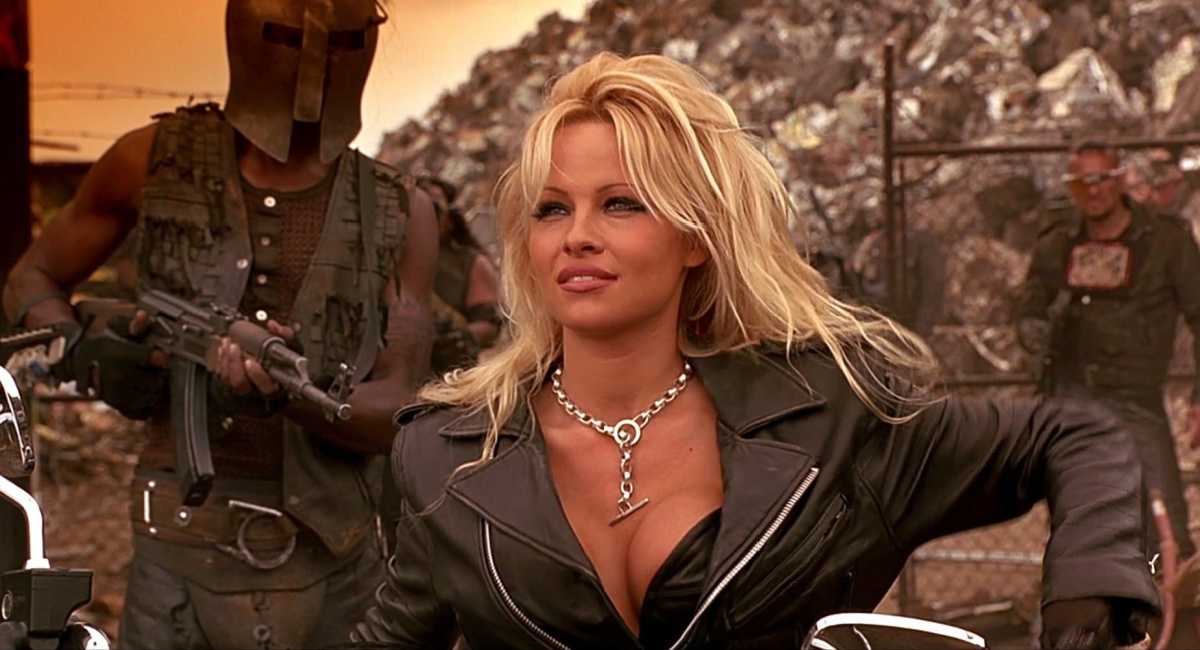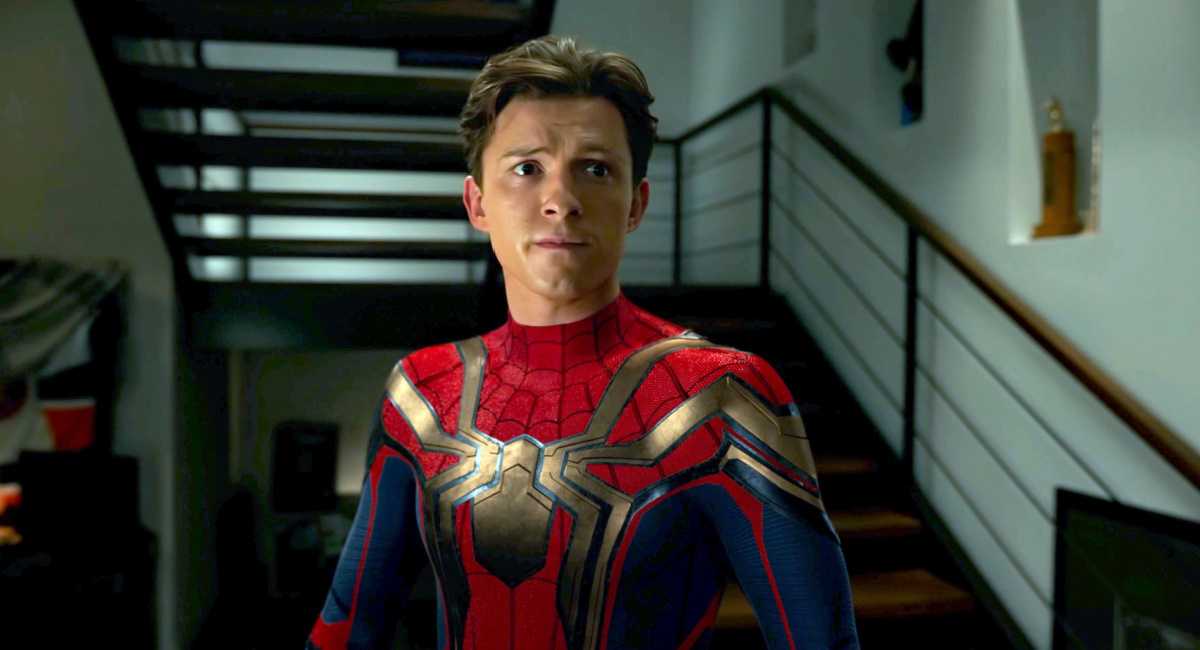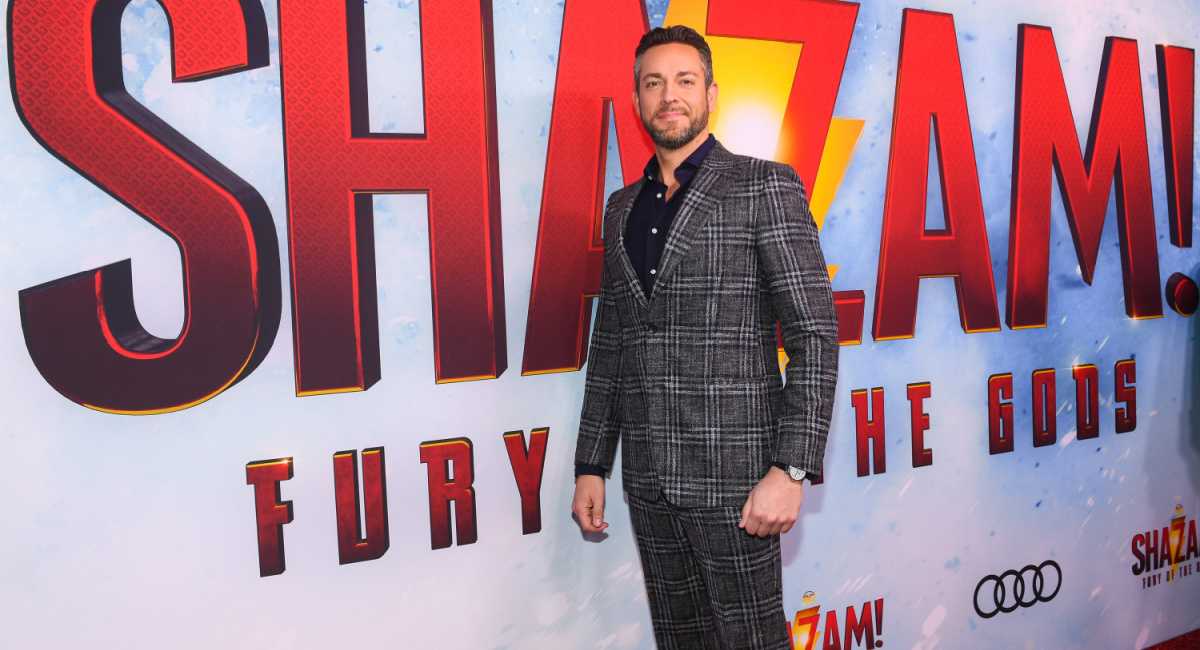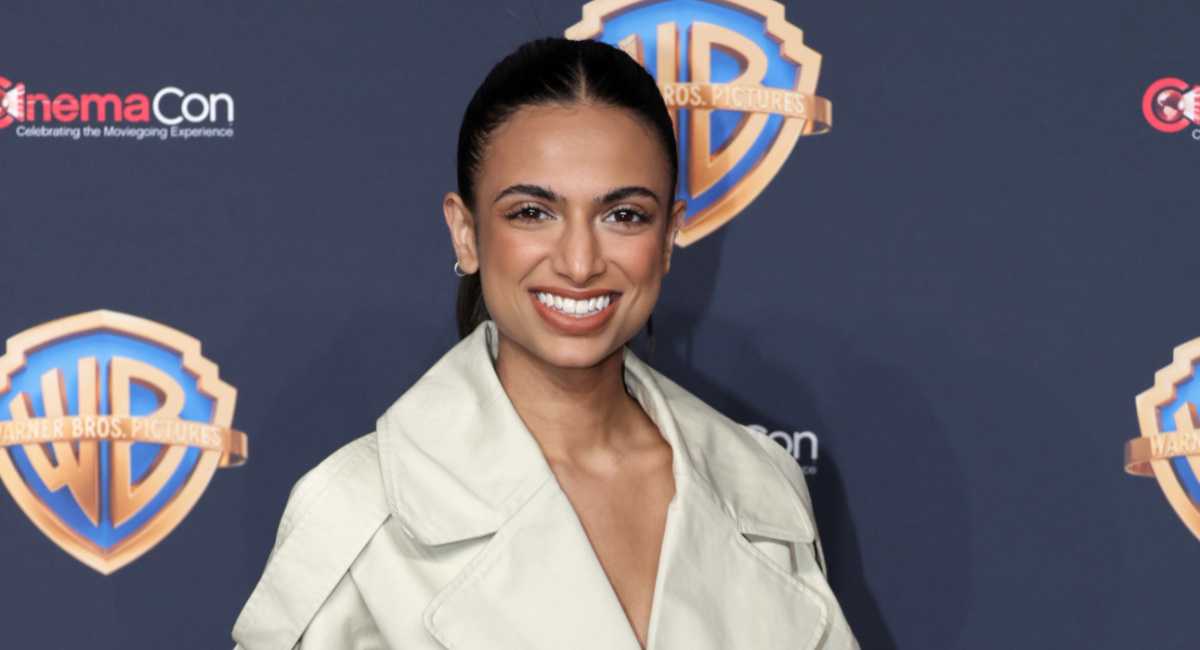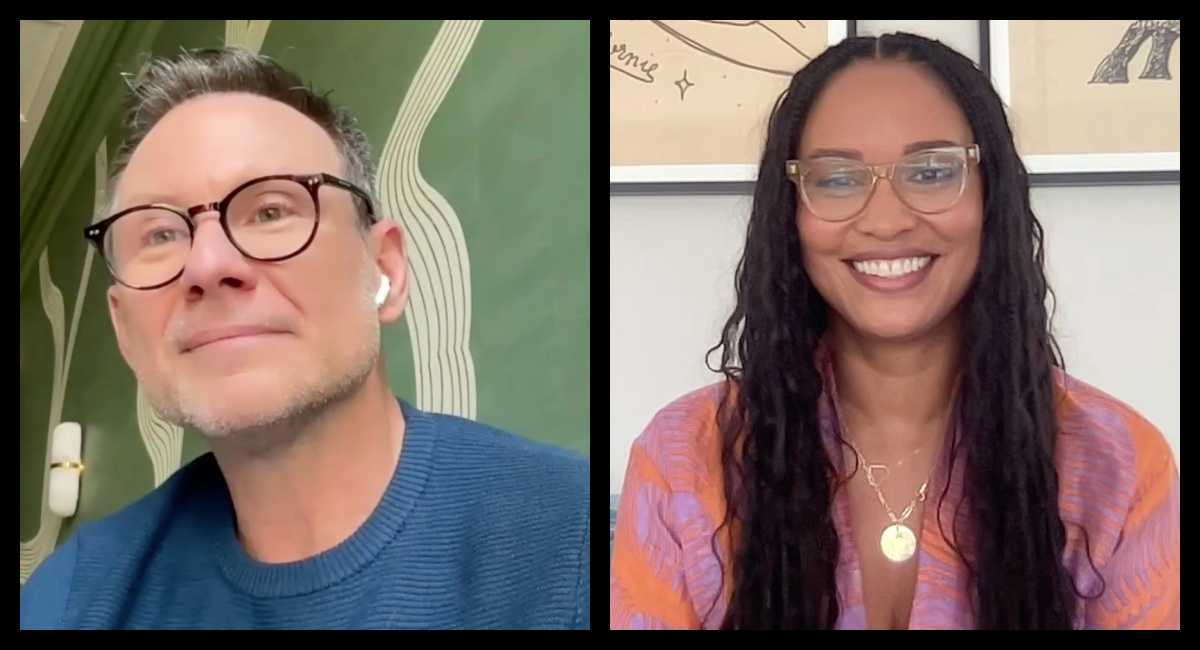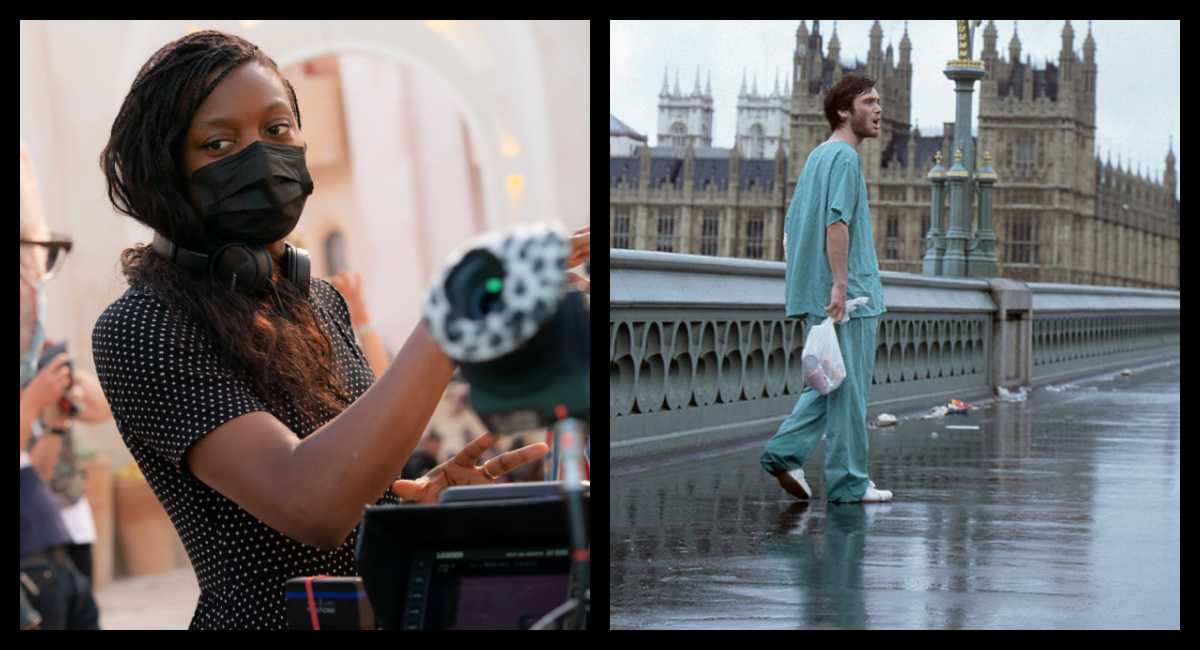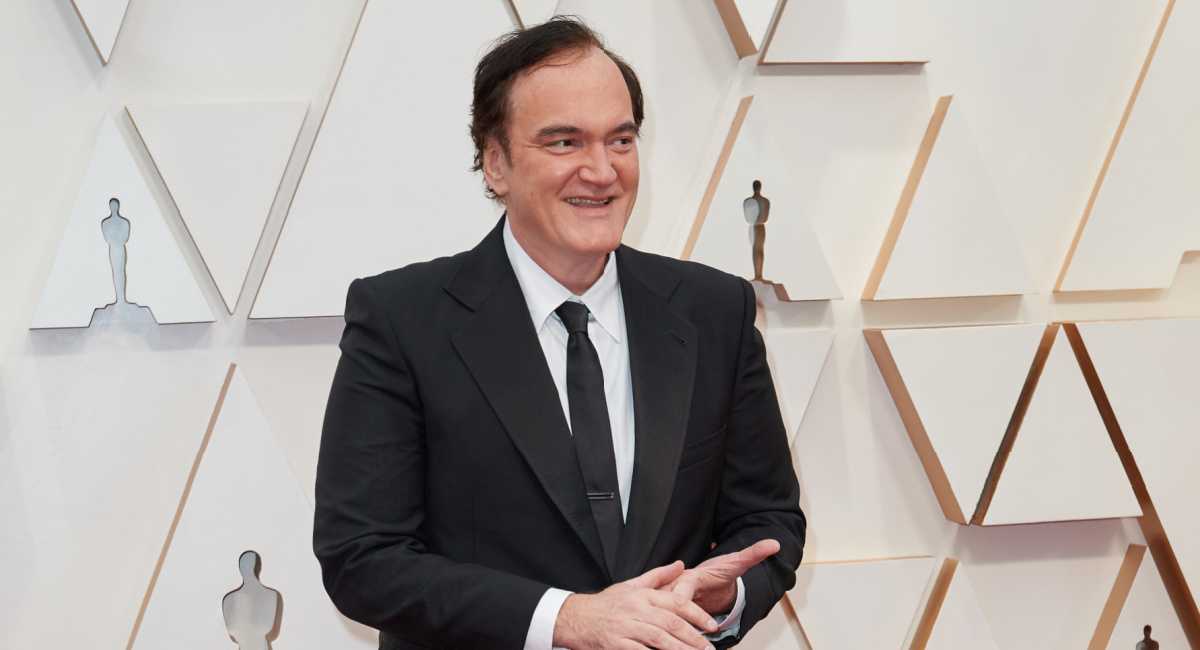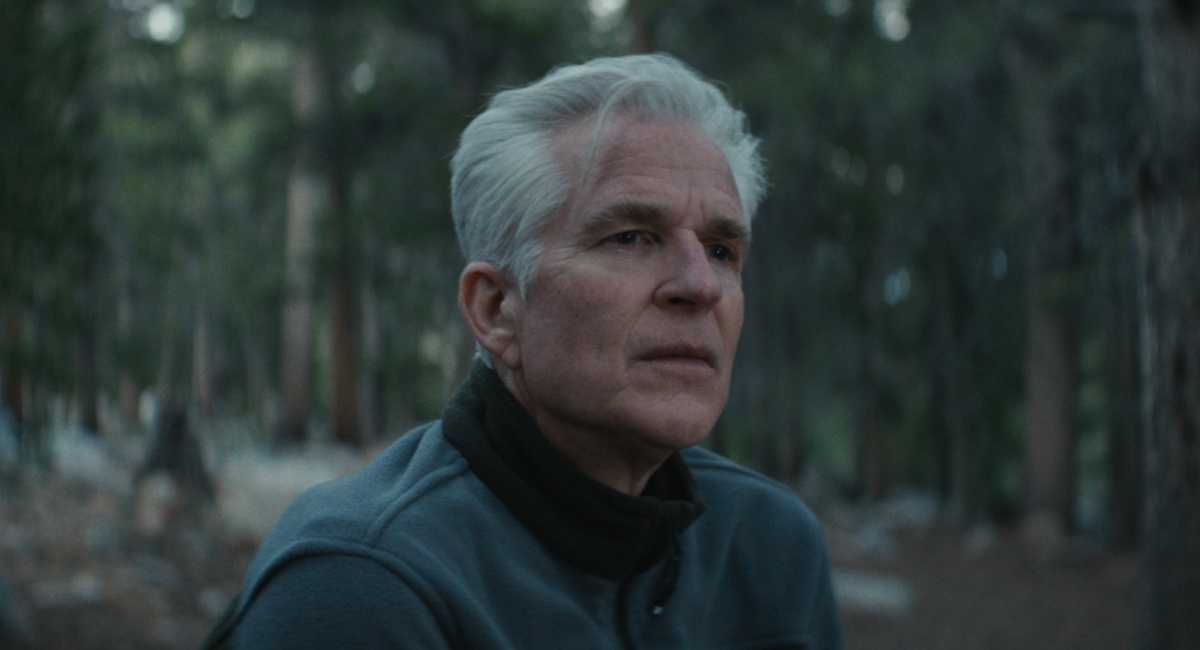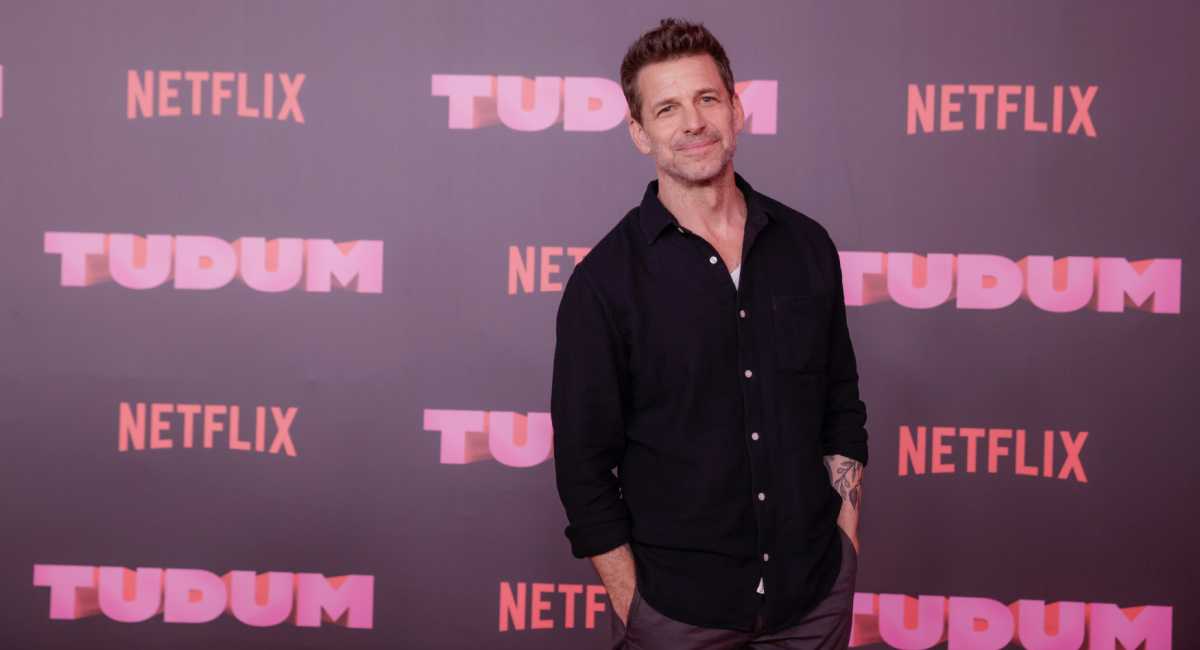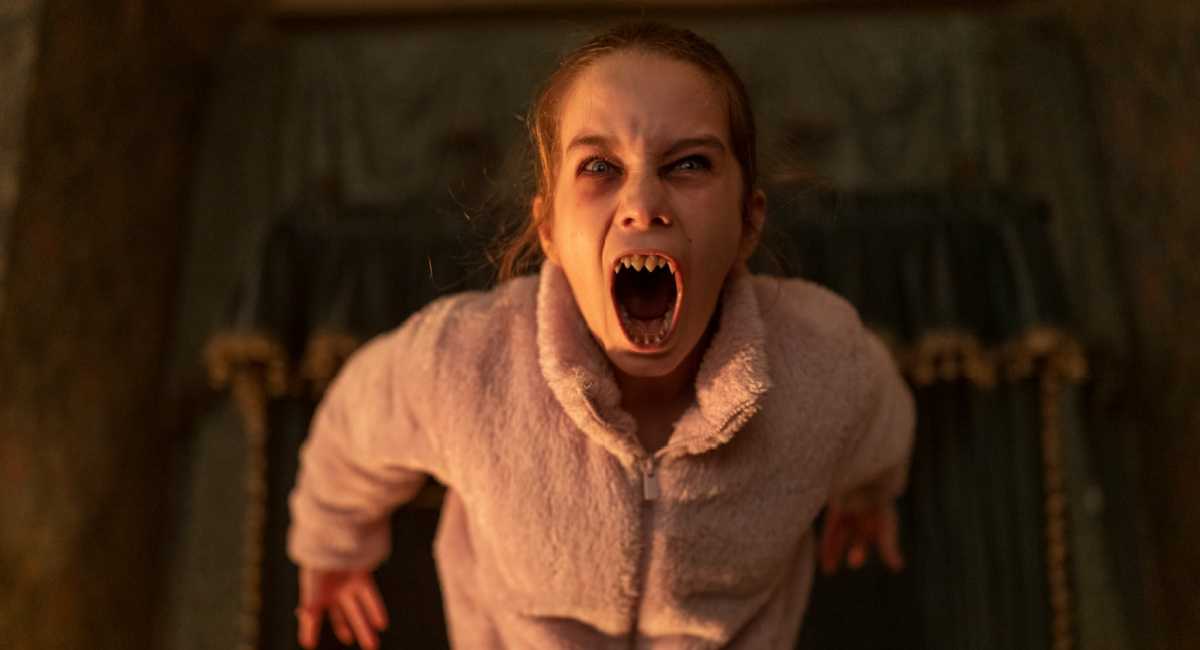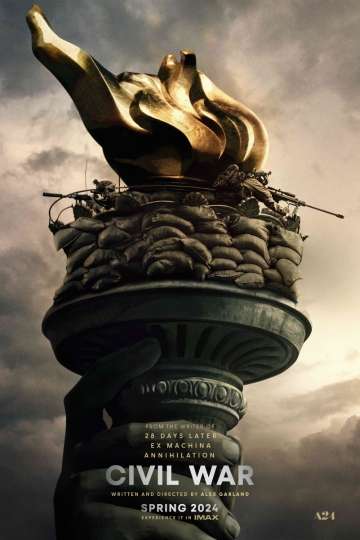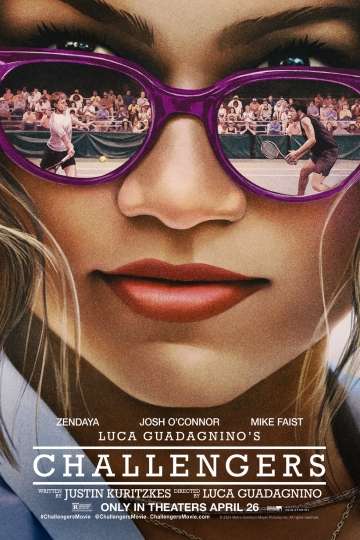Disney's Live-Action 'The Jungle Book': What You Need to Know
The first in-depth look at Disney's "The Jungle Book" was unveiled in Los Angeles last month, at a special presentation hosted by Walt Disney Studios and director Jon Favreau. We were able to exclusively experience the advanced 3D tech the film was being shot with and get a sense of how the adaptation of the beloved Disney classic aims to stand apart from the original.
Held at Hollywood's El Capitan theater, the event's emcee was none other than the director himself. Favreau introduced a selection of preview clips and delivered insight into what made now the right time to remake "The Jungle Book." As it turns out, producer Alan Horn grew up on the Mowgli books by Rudyard Kipling, and Favreau grew up a fan of Walt Disney's animated classic. Together, they wanted to collaborate on a project to push technology forward and agreed that "The Jungle Book" had the characters, emotion, and music to make it the best option.
"Alan said, 'Look at the technology, look at "Life of Pi." Why not use the technology to make a whole world that transports you? Why be limited by going off and shooting plates?' Let's really embrace this technology and see what we could do if we push it to its limit." - Jon Favreau
Dolby Extended Dynamic Range Laser Projectionis the state-of-the-art technology that Disney and Favreau are using to bring "The Jungle Book" to audiences. It boasts photo-real imaging to recreate textures and environmental detail. Favreau's adaptation seeks to bring a tangible cinematic world as far as our eyes can perceive. In the test footage we got to see, the CG (computer generated) elements, like water, lighting, and even wind, were astounding. It was hard to tell a rendered scene apart from real-life images. The process is advancing with animals as well, as now fur and skin can be recreated with near photo-realistic perfection.
Immersing an audience -- and an actor -- in a believable CG world has it's challenges, but Disney uses an effective technique that is part practical and part optical illusion. The way the shots are set up goes something like this: Neel Sethi (Mowgli) performs in an active foreground on a practical set (i.e. real life), then the CG animators work to make the background and animal characters fully realized through the technology, seamlessly blending the real with the imaginary.
"If there was a giant we were standing on the shoulders of it was 'Avatar.' The first time I saw 'Avatar,' I got it, what this whole big screen 3D format thing was about. I got why I had to go to the movies to see that. I don't know if anyone's ever outdone the way the 3D was done there. So we shot native 3D using the PACE system, the system that Jim (Cameron) had been a part of developing and we used simulcap and all this technology that people haven't really been using." -Jon Favreau
The sights and sounds of the jungle previewed showed off how far the tech has really come since James Cameron's "Avatar." In a scene in which Shere Khan (Idris Elba) begins to sniff out Mowgli's presence, Sethi's presence among the CG characters and environment is hard to discern. The way that Favreau places physical set pieces around the actor creates a sense of real space. Meaning, if he hides behind a rock, the rock is actually there.
"So if the kid's walking 12 feet in the cut of the movie that we have, we built 12 feet of jungle. Each set was built for a shot. The art department or production designer would wheel in one set. We'd film that and across the street in Downtown LA we'd have the other set being prepped. We'd go back and forth and back and forth. It was a very cool efficient process" - Jon Favreau
In a scene in which Shere Khan chases Mowgli through a ravine, the mud the young actor runs through is real. So the trick to blurring the lines between a real and a CG space is in having the actor be affected by the environment, like the mud caked on his feet as he hops on a CG animal and escapes.The ability to really sell these scenes to an audience is a testament to young Sethi's acting skills. He completely embodies Mowgli with charisma and real, child-like wonder. There's a reason he was the kid -- out of 2,000 who auditioned -- to get the part.
"You need the personality and the humor and the charm and the emotion of the characters. That's really what 'Jungle Book'represents. People don't think about action, it's fun to have it but really what you think about is the characters and the relationships. Neel really seems to capture for me what I remember of Mowgli in the film. He wasn't just a cookie-cutter kid. He had spunk and a little swagger. He's just a great kid and I loved working with him." -Jon Favreau
Sethi's acting further elevates the CG techniques Disney and Favreau are pushing to advance. Keep movingforward is a Disney mantra Favreau lives by, and he believes that, if Walt were alive today, he, too, would be experimenting with new, cutting-edge tech.
"I love film, love what Chris Nolan and 'Star Wars' and 'Hateful Eight' are doing. I don't want to see film go away. But, at the same time, I think we have to push technology as far as we can because there are other things that digital art is better for. When it comes to such complicated visual effects and putting all these elements together, I want to continue to see digital continue to grow. I don't want to see anything eliminated; I want to see everything perfected, including film." - Jon Favreau
We also got a small glimpse of Bill Murray's work as the voice of Baloo, singing his signature tune and nailing the lovable bear's endearing slyness. As Favreau explained, the key to using music in "The Jungle Book" this time around is to only use it when it makes sense for the movie. Favreau consulted with composer Richard Sherman, but no songs beyond "Bare Necessities" were confirmed to be in the movie.
"You're trying to honor the memories of the people who grew up with this stuff but you're also trying to make a movie that will appeal to the full audience. There is music but it's not a musical." -Jon Favreau
But how can you not have Christopher Walken, who will be playing King Louie, sing? In the last clip presented, we got our first real look at Mowgli meeting the King of the Monkeys. The reveal of the gentle giant hilariously balances action with comedy. Of course, Walken is a riot.
"Because this character lives in the ruins of man, there was a magical quality to him anyway. Who do you pick to play that character? It has to be Chris Walken." -Jon Favreau
A fun tidbit Favreau shared is their solution to Louie being an orangutan in the animated film, which is inaccurate since, well, orangutans don't live in India. This time around, they made Louie a mythical creature believed to have inhabited India; he's basically a Sasquatch with orangutan-like qualities. Animators took special liberties with Walken's mo-cap performance to imbue the character with the actor's expressions. It can be a bit eerie, but it works really well.Near the end of the presentation, Favreau was joined on-stage by visual effects supervisor Rob Legato, who had previously worked on "Avatar."
"In this particular project, which was really exciting, is that we're creating a total photo-real world that we could recognize is real. We've all seen pictures of animals. We've all seen how they move, how they walk and how they talk. The really fun portion of this and why it was great to work with Jon is that we had the same sensibility. To actually create a real movie where the suspension of disbelief is easier to let go of because it looks like it could be conventionally filmed." - Rob Legato, Visual Effects Supervisor
From what we've seen so far, Disney's "The Jungle Book"is shaping up to be a must-see. Let's be clear: Walt Disney Studios' adaptation won't be a shot-for-shot remake of the original, but uses the animated classic as a foundation, expanding Mowgli's story through Kipling's original tales in a stunning new format.
You can see for yourself when Disney's "The Jungle Book" opens April 15th, 2016.

The Jungle Book
A man-cub named Mowgli fostered by wolves. After a threat from the tiger Shere Khan, Mowgli is forced to flee the jungle, by which he embarks on a journey of self... Read the Plot




